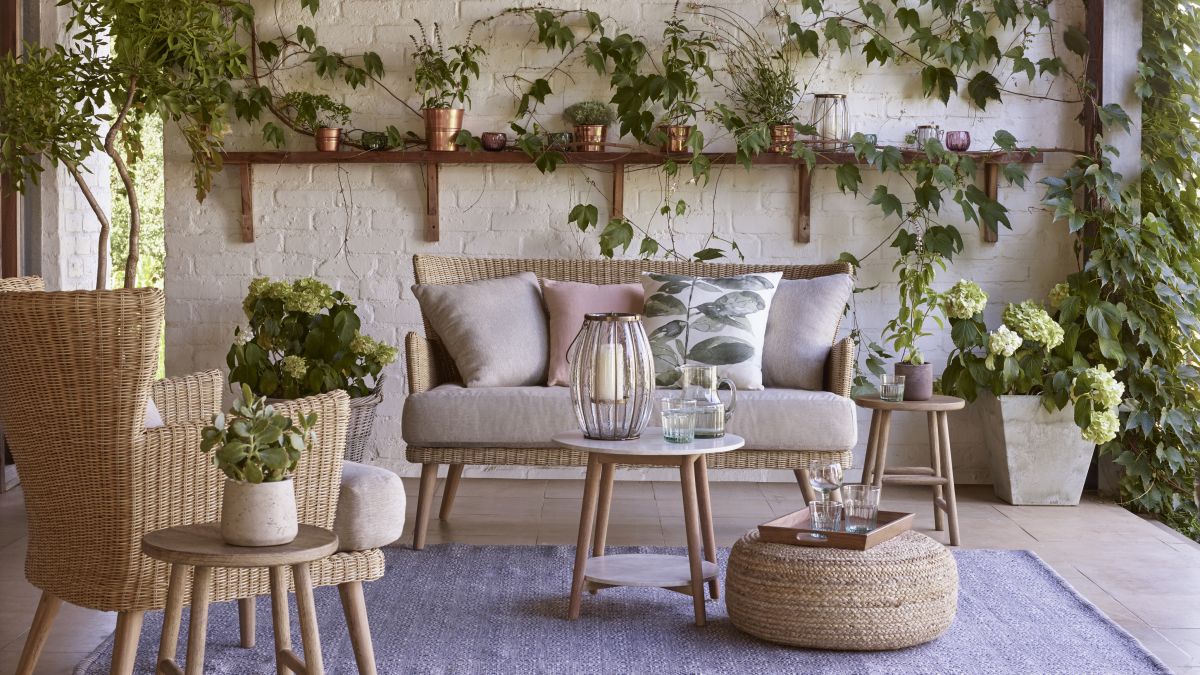7 Sustainable Organising Tips for Clutter-Free Living

Ready to clear the clutter and go green? Sustainable organising is where tidy living meets eco-conscious choices. It’s not just about making your home look good—it’s about feeling better in your space and doing right by the planet.
These tips are easy to try, surprisingly effective, and even a little fun. Whether you’re just getting started or already on the journey, this guide will get you inspired. Let’s dive in and shake things up.
1. Assess Your Belongings Mindfully
Looking at what’s already there is a solid place to begin. By doing this, you’ll spot what you regularly use and what’s just lying around collecting dust. Sure, the process feels overwhelming, but it pays off.
Sort things into groups: keep, donate, recycle. Be honest about each item. If it’s been sitting there for over a year, it’s probably not doing much for you.
Would you miss it if it disappeared? Does it still serve a purpose? If not, pass it along to someone who’ll actually use it. Doing this regularly stops clutter from building up again.
Your space will stay cleaner, and you won’t just throw everything in the trash—a win-win for you and the planet.
2. Choose Green Storage Solutions
Storage doesn’t have to be plastic tubs and cheap shelves. You can keep things tidy with materials that are gentle on the environment and still look great in your home.
Look around and repurpose what you already have. For instance, glass jars make excellent containers. On the other hand, shoeboxes can slide neatly into drawers and keep things organised.
When shopping for storage, look for natural or recycled options. Bamboo, salvaged wood, or fabric containers last long, work well, and beat plastic when it comes to protecting the environment.
If you can, shop local. Supporting small, eco-conscious makers helps keep your environmental impact low. It’s one more way your choices at home can make a bigger difference.
3. Implement the One-In, One-Out Rule
Keeping your home under control is all about balance. The one-in, one-out rule is a simple little trick that works wonders. Every time something new comes in, something else has to go.
So, if you’ve treated yourself to a new jacket, it’s time to let go of the one gathering dust at the back of the wardrobe. Bought a new blender? Maybe pass along the old one that’s been hiding in the cupboard since 2015.
If sticking to this feels tricky, make it visual. Keep a donation box near the door or jot down what you’re letting go of—it helps you actually follow through.
You can even turn it into a family thing. Chat about it over dinner and decide what can be passed on. You’ll be surprised how quickly everyone joins in.
And if you’ve got kids, make it fun. Turn it into a little competition. Before long, the habit sticks, and who knows, you might even inspire your friends to start doing it too.
4. Create a Decluttering Schedule
A little structure goes a long way. So, set a routine for decluttering to keep your place manageable without turning it into a massive project each time.
Pick a day each month or mark the start of every season for a mini refresh. Start with spots that attract the most chaos, like kitchens or entryways.
We recommend splitting your tasks up so you’re not handling the entire house in one go. Tackle a single corner, drawer, or shelf at a time.
Have trouble remembering? Set reminders to stay on top of things. Your phone can do the heavy lifting there. Once it becomes part of your routine, you’ll barely notice you’re doing it.
Even a few minutes here and there add up and keep your space from spiralling into chaos again. That said, if you’re too busy, you can hire regular cleaning services to handle this for you. They usually include decluttering as part of their packages.
5. Utilise Multi-Functional Items
Fewer items equal less mess. That’s where multi-functional pieces shine. They totally transform your space without adding bulk.
Furniture that doubles up as storage is ideal—think ottomans with storage, a mirror that hides keys behind it, or a bed with drawers underneath. These are quiet problem solvers that blend in while keeping things streamlined.
You don’t need to spend big either. Instead, get creative with what you already have. A bookshelf can become a room divider. An old ladder might make a perfect towel rack or plant stand.
When each item does more than one job, you’ll naturally buy fewer items. That’s good news for your budget and even better for the environment.
6. Practice Mindful Purchasing
Adding something new to your space should be intentional, not automatic. Fortunately, you can manage clutter and cut waste by shopping thoughtfully. Write a list before heading out to stay on track and skip those impulse purchases that lose their shine within days.
Do your homework. Look into how things are made and who made them. Certifications like FSC or Fair Trade aren’t just stickers—they mean your money is supporting fair, sustainable practices.
When in doubt, wait. The 24-hour rule is fairly easy to follow. If the item isn’t essential, give it a day. If you still want it tomorrow, go ahead and buy it. This way, you can save money and some space.
7. Involve the Whole Family
You’re not the only one responsible for keeping your home organised. When everyone’s involved, the load will be lighter and the results are going to be much better.
To do this, have regular check-ins as a family, talking through what needs doing and who’s up for each task.
If needed, you can create a family roster and stick it on the fridge so it’s easy to follow. You don’t need to make it a military operation, just something everyone can stick to!
Also, don’t forget to keep the mood light. Offer small rewards or turn it into a weekend challenge. Music, snacks, and a bit of friendly competition go a long way.
Conclusion
You don’t need a total overhaul to make a big impact. Small changes, done with purpose, can completely shift your space and your mindset. Start today, and rethink what you keep, how you store it, and what you’re going to buy next.
Take the leap, even if it’s just one drawer at a time. Believe us, it’s easier than you think!
Leave a reply
You must be logged in to post a comment.














